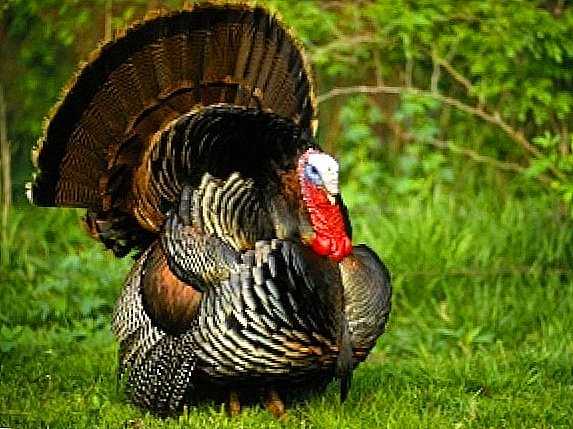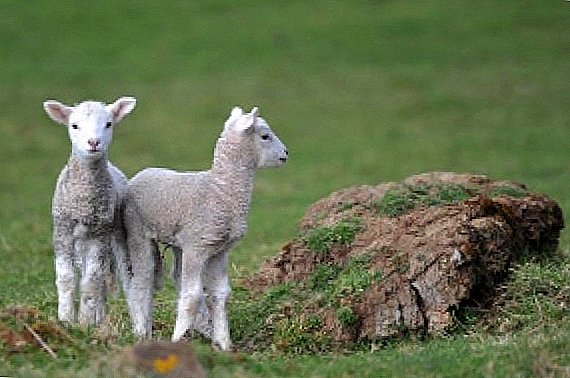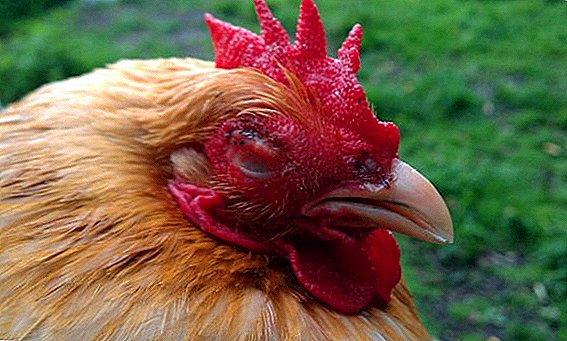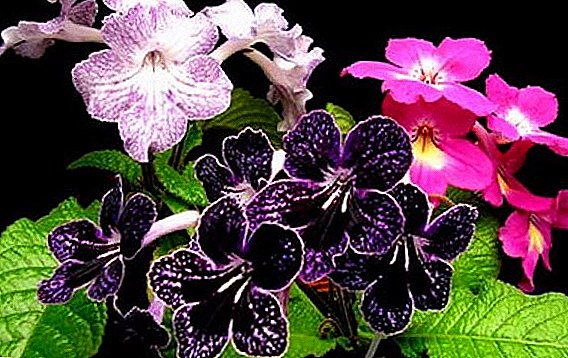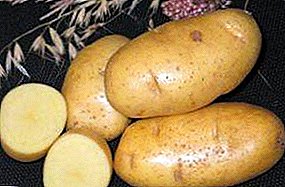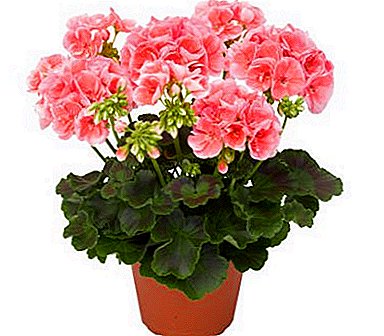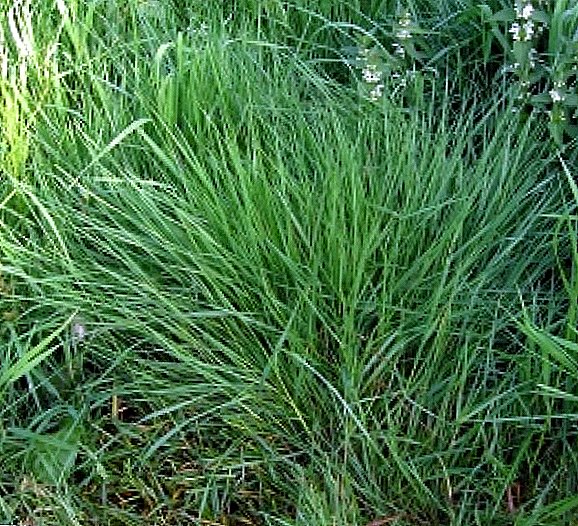
The Attika grape variety is recommended to be planted on the site for people having some experience in growing grapesdespite its seeming unpretentiousness.
It will appeal to people who love sweetish, but not cloying, seedless varieties of rape.
Best for growing in the south of Russiabut thanks more high frost resistancethan the Central Asian varieties of raisins, growing in the middle lane.
What kind is it?
Attika grapes (Attika, Attika seedless) - seedless table variety. Early maturing - production period is 110-120 days from bud break. Crop in the middle lane is harvested in July and the second decade of August.
The seedless varieties still include the Upper Seedless, Witches Fingers and Corinka Russian.
Attika grapes: variety description
 Bushes "Attica" medium strong or strong leaves weakly dissected, three- or five-lobed, on their lower part there is bristly pubescence.
Bushes "Attica" medium strong or strong leaves weakly dissected, three- or five-lobed, on their lower part there is bristly pubescence.
Flowers on the vine are bisexual. High shoot maturity and yield.
Number bunches on the vine on the first fruiting on average - 8weighing up to a kilogram each.
Bunches cylindrical, very large, dense or medium dense, can reach 30 cm long and, with good care, 2 kg of weight.
On average, weight of one bunch - 700 gr. In the same weight category are Rumba, Glow and Pervozvanny.
Berries oblong or rounded, with a characteristic dimple, purple-blue or rich purple. The weight of one berry is 4-6 grams.
The skin of the berries is dense, not knitting, with a waxy coating.
Pulp dense and crispy, sweet, with a harmonious taste. Like Ruta, berries have a taste that resembles cherry or black chokeberry. Seeds are absent, their rudiments are sometimes found.
Berries take on a mature appearance to full internal maturity, their flesh remains slippery and tasteless.
The pulp ripens in a few days, picking up the juice and sugar content, making the berries grow larger.
A photo
With grapes "Attika" more can be found in the photo below:


Breeding history and breeding region
Attika - a grape variety hailing from Greececreated by in 1979 at the Athens Institute of Viticulture V.Mikhos by crossing varieties "Alphonse Lavalle" (French variety) and "Kishmish black" (Central Asian variety).
Specifications
 The grade "Attika" is resistant to frost down to -21 ° C.
The grade "Attika" is resistant to frost down to -21 ° C.
If more severe frosts are expected - the vine after pruning should be treated with a 5% solution of ferrous sulfate, bend to the ground and covered, for example, with spruce branches.
Resistant to gray rot.
Sugar content - 16-18%acidity - 5%.
It is photophilous, undemanding to the soil - only marshy and saline does not like.
Grape yield is high - 30 tons per hectarebut weak in the early years. High-yielding varieties are also Rkatsiteli, In memory of Dombkovskaya and Alex.
Well stored after removal from the bush, it does not form rot, but a little weight is lost. Only in the second week of storage the crests turn brown a little.
It is characterized by good transportability.. It is pollinated and gives a stable crop in any weather.
It develops perfectly without gibberelin.
Berries "Attica" contain a large amount of vitamins and help strengthen the immune system. A high content of vitamins is also noted in the varieties Princess Olga, Black Panther and Bogatyanovsky.
Diseases and pests
"Attica" is quite resistant to mildew, oidium, very resistant to gray rot and other diseases.
It is enough to make only 1-2 sprayings with fungicides for the prevention of the season.
After blooming eyes it is best to spray the grapes with drugs Topaz or Byleton against oidium, to which "Attica" is completely unstable, before flowering - Acedanom or Antracol against mildew and anthracnose, and after flowering - Falcon (a three-component fungicide that protects grapes from oidium).
The undoubted advantage of Attica is that it is of no interest to wasps and other pests, such as the spider mite, phylloxera pruritus and mothworm.
 For best yields, Attika grapes are best grown on a vertical trellis, using short or medium pruning of the vine.
For best yields, Attika grapes are best grown on a vertical trellis, using short or medium pruning of the vine.
Not bad on the vertical trellis feel Delight, Manicure Finger and Kesha.
It is better to plant it on a strong-growing stock in a well-lit area. Berries are usually consumed fresh, they are also made fine homemade wine and raisins.
Diversify your vineyard by planting the Attica raisin vine and enjoy the beauty and benefits of its berries.


